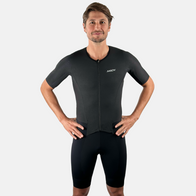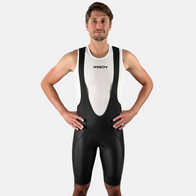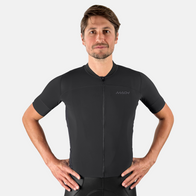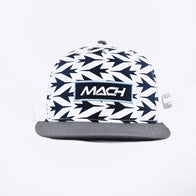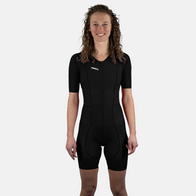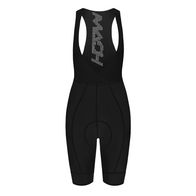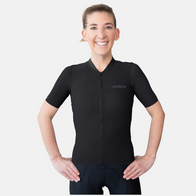
Men’s vs. Women’s Bikes: Is There Really a Difference?
During your search for your first (or next) bike, you probably came across both men’s and women’s bike models, yet you struggled to see the difference. So that begs the question - is there one?
We get it, searching for a new bike can be overwhelming. Not only do you have to consider the different brands, components, price ranges and models - but now you also have to decipher the differences between men’s and women’s bikes!? Don't fret, we are here to help. Let’s break down the main differences between the two types of bikes, and whether or not you should consider a gender-specific frame.
The creation and production of gender-specific frames has largely been based on the different anatomy of men and women. With (most) women having shorter torsos, narrower shoulders and wider hips then your average man, several brands have tailored bike geometry to these differences.
Shorter Reach
Adapting the fit to a shorter torso length, many bike companies have released women’s specific bicycles with a shorter reach, allowing the bike sizes to scale more accurately with typical female proportions. With shorter reach also comes the ability to more easily reach the brake levers and shifters without downsizing the entire bike frame.
Lower Stack Height
Lower stack height, much like shortened reach, accommodates for the typical differences in height between men and women. By lowering the stack height, it adjusts the bike geometry according to the average woman’s shorter inseam than men, making a more comfortable ride and more clearance when standing over the top tube.
Women’s-Specific Saddles
Women’s-specific saddles are arguably the most important difference between men’s and women’s bikes. Saddles are the most essential component to comfort on the bike, so having a saddle fitted to your gender and hip width specifically can make a huge difference. Women’s saddles typically are a bit wider (as most women have wider hips than men), have a shorter nose and have an elongated split down the middle of the saddle to relieve pressure on the soft tissue.
Narrower Handlebars
This one is pretty simple - because the average woman has narrower shoulders than most men, women’s bike models usually come with a narrower handlebar as well.
How do I know if I should ride a women’s or men’s bike?
Believe it or not, your gender actually should not be the deciding factor in whether or not you get a gender-specific bike. The decision on which bike you purchase should come down to one simple thing - how the bike frame fits you specifically.
The frame fit is the most critical part of a bike fit - the handlebar width and saddle are two things that can very easily be swapped out for a more personalized fit. The reach and stack height, however, cannot be changed. So, if you try both a men’s and a women’s bike model, you should choose the frame that fits you best and not stress too much about the smaller moving parts.
So, what do you think? Are you ready to get out there and test ride some new bikes? We know we sure are. We will catch you out on two wheels!





